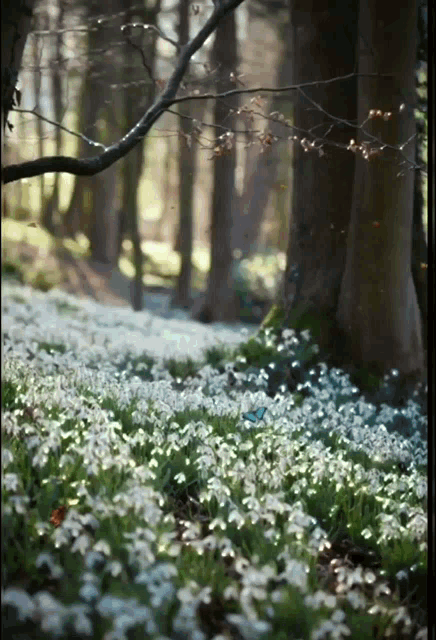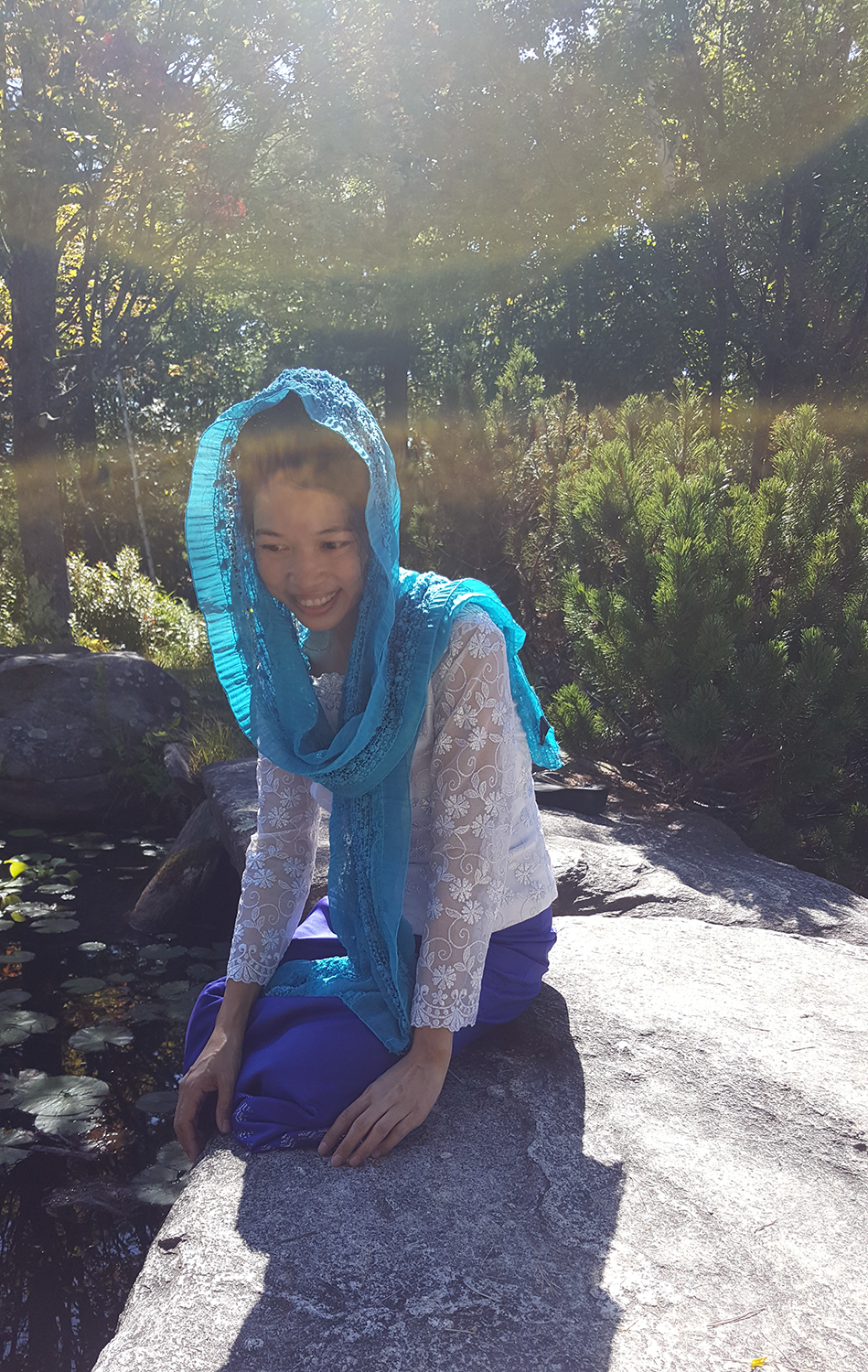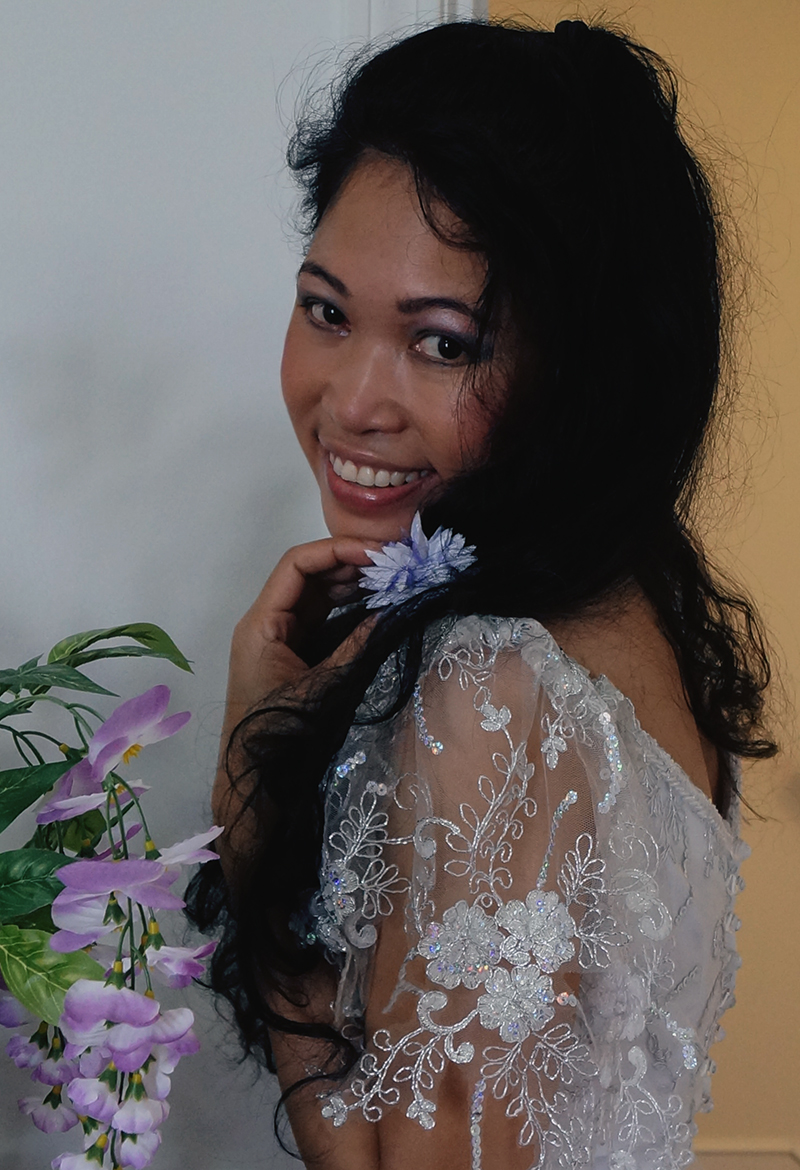
by Ajahn Chah
Just as animal life can be classified into two groups, creatures of the land and creatures of the sea, subjects of meditation can be divided into two categories, concentration and insight. Concentration meditations are those that are used to make the mind calm and one pointed. Insight, on the one hand, is the growing perception of impermanence, suffering, and emptiness of self and, on the other, our bridge over those waters.
No matter how we may feel about our existence, our business is not to try to change it in any way. Rather, we just have to see it and let it be. Where suffering is, there too is the way out of suffering. Seeing that which is born and dies and is subject to suffering, Buddha knew there must also be something beyond birth and death, free of suffering.
Methods of meditation all have value in helping to develop mindfulness. The point is to use mindfulness to see the underlying truth. With this mindfulness, we watch all desires, likes and dislikes, pleasures and pains that arise in the mind. Realizing they are impermanent, suffering, and empty of self, we let go of them. In this way, wisdom replaces ignorance, knowledge replaces doubt.
As for singling out one object of meditation, you yourself must discover what fits your character. Wherever you choose to be mindful, it will bring wisdom to the mind. Mindfulness is knowing what is here, noticing, being aware. Clear comprehension knows the context in which the present is occurring. When mindfulness and clear comprehension act together, their companion, wisdom, always appears to help them complete any task.
Watch the mind, watch the process of experience arising and ceasing. At first the movement is constant as soon as one thing passes, another arises, and we seem to see more arising than ceasing. As time goes by we see more clearly, understanding how things arise so fast, until we reach the point where they arise, cease, and do not arise again.
With mindfulness you can see the real owner of things. Do you think this is your world, your body? It is the world’s world, the body’s body. If you tell it, Don’t get old, does the body listen? Does your stomach ask permission to get sick? We only rent this house; why not find out who really owns it?
Link source















